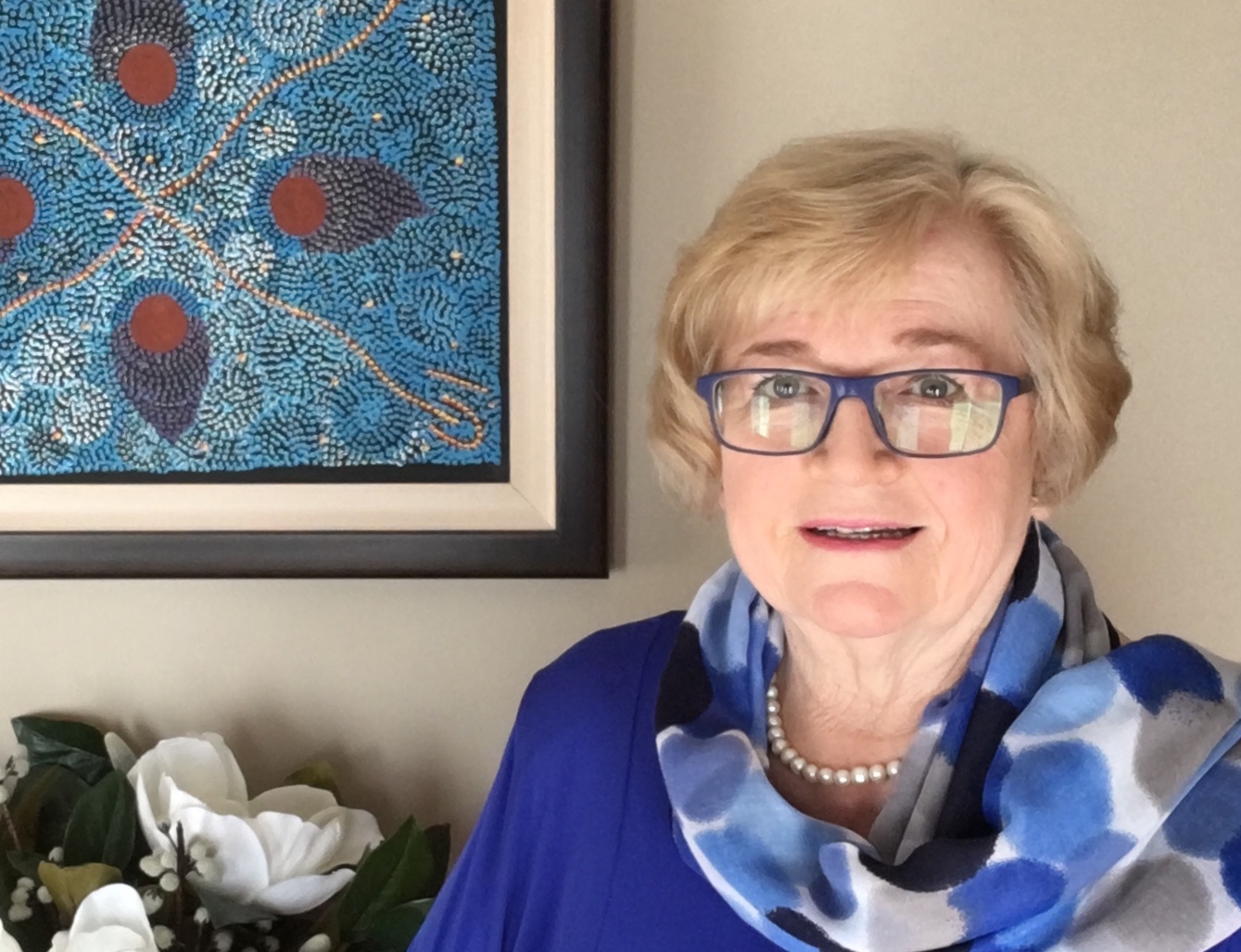Acknowledgement of Country
Categories: | Inclusive Weddings |Wedding Ceremony |
 By far the majority of ceremonies I
officiate are held in beautiful outdoor surroundings
where you can't help but be very aware of the earth
beneath our feet and the long history of the place,
both known and unknown.
By far the majority of ceremonies I
officiate are held in beautiful outdoor surroundings
where you can't help but be very aware of the earth
beneath our feet and the long history of the place,
both known and unknown.One of the questions I ask all my clients is whether they wish to start their ceremony with an Acknowledgement of Country paying respect to the Traditional Owners. This is an Indigenous protocol that takes a bare minute and sends a powerful message of respect and inclusion.
In Aboriginal culture, the meaning of country is more than just ownership or connection to land, as Professor Mick Dodson explains:
When we talk about traditional ‘country’... we mean something beyond the dictionary definition of the word. For Aboriginal Australians...we might mean homeland, or tribal or clan area and we might mean more than just a place on the map. For us, country is a word for all the values, places, resources, stories and cultural obligations associated with that area and its features. It describes the entirety of our ancestral domains.In recognition of this view of ownership, because I live and work in Queensland, in addition to acknowledging the custodians of the land on which the particular ceremony is being held, I like to acknowledge the many different nations who are custodians across the wider region, and pay respect to the elders who are the holders of the memories, traditions, culture, and spiritual well being of both Aboriginal and Torres Strait Islander peoples across this state.
This poem, written by Jonathan Hill, can be used in lieu of an individual statement made by me.
Today we stand in footsteps millennia old.
May we acknowledge the traditional owners
whose cultures and customs have nurtured,
and continue to nurture, this land,
since men and women
awoke from the great dream.
We honour the presence of these ancestors
who reside in the imagination of this land
and whose irrepressible spirituality
flows through all creation.
[Copyright, Jonathan Hill. Reproduced under licence from the Copyright Agency, Ltd]
Acknowledgement of Country
and Welcome to Country - the difference
An Acknowledgement of Country is very different from a Welcome to Country. While An 'Acknowledgement of Country' can be done by everyone, Indigenous or non-Indigenous, to pay respect to the fact that one is on Aboriginal land, a Welcome to Country can only be done by traditional owners, usually elders, to welcome people to their land. Usually a Welcome to Country involves dancing and singing, whereas an Acknowledgement of Country involves a speech.
When Scott Kneebone, a Bangerang man based in Canberra, is talking to children, this is how he explains the difference between the two:
A Welcome to Country is like if you're hosting a birthday: you do a welcome and say thank you for coming to my birthday. And an Acknowledgement of Country is like if you're a guest at the birthday: you would say thank you for having me.
Protocols for welcoming visitors to country have
been a part of Aboriginal culture for many thousands
of years. There is a formal process because it is a
significant recognition.
In modern Australia, the 'Welcome to Country' ceremony was first conducted at an official ceremony in 1999 during the NSW Supreme Court's 175th anniversary. Welcome to Country was first introduced at the start of Federal parliament in 2008. It now forms a regular element of Australian political process. Since 2015 it also now forms part of Sydney's widely televised New Year's Eve celebrations, with Year's Eve fireworks being ushered in with a Welcome to Country that puts local Gadigal, Wangal, and Gamaragal traditions front and centre.
Thanks for reading!
